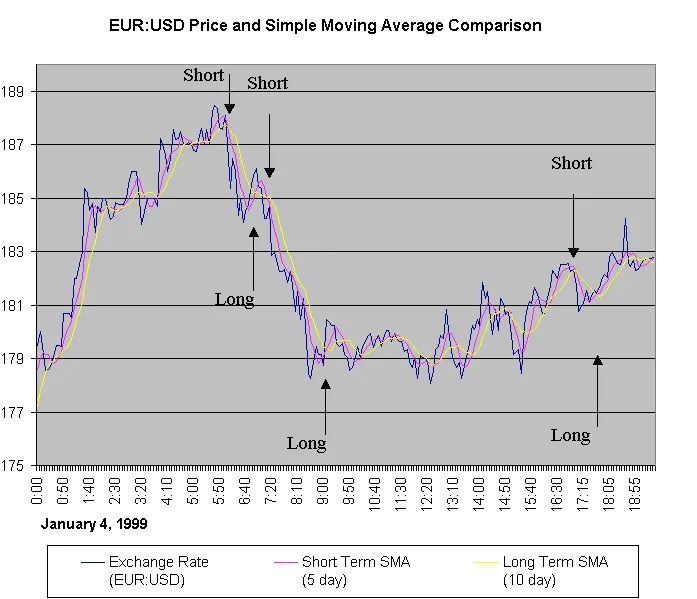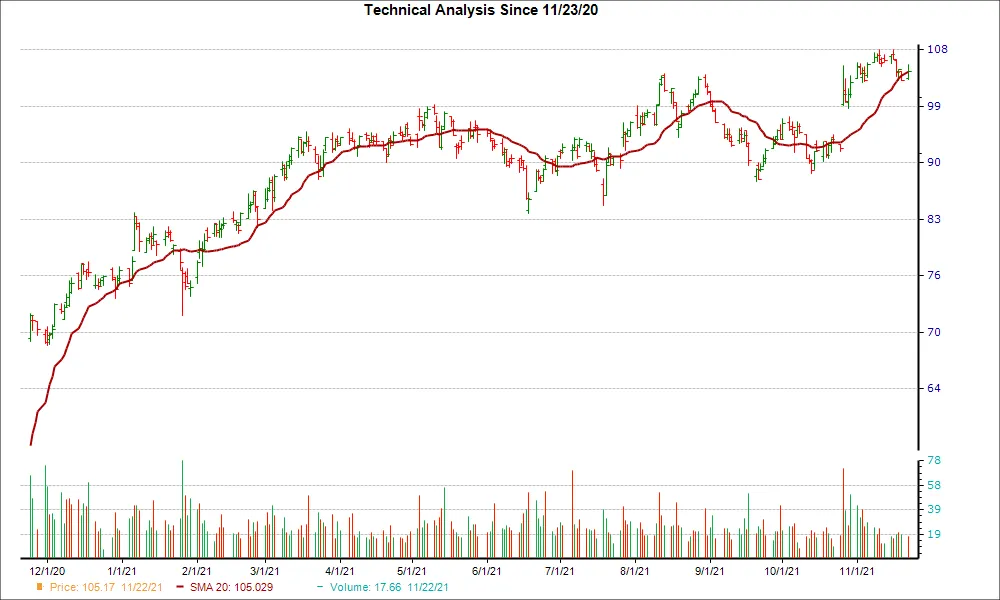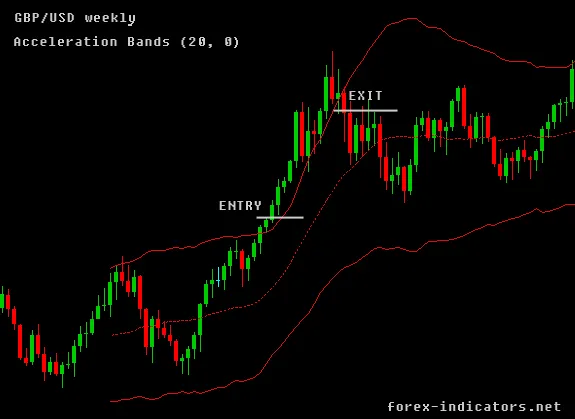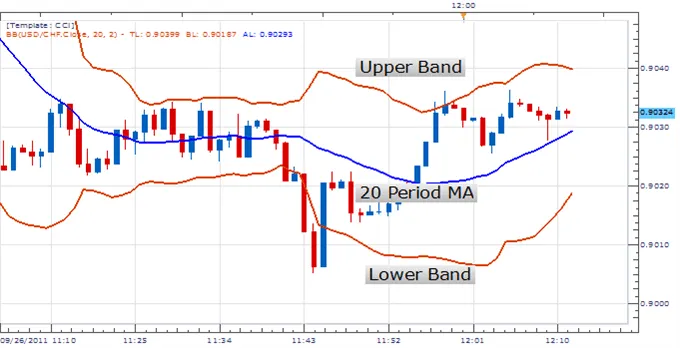What Are Gann Indicators?
By Samantha Baltodano
TL;DR:
Gann Indicators are tools used by traders to predict future price movements based on the idea that markets rotate from angle to angle.
There are several types of Gann Indicators, but the most commonly used are Gann Angles, which move at a uniform rate of speed, allowing traders to forecast where the price is going to be on a particular date in the future.
Understanding support and resistance is key in Gann theory, as Gann Angles can help traders forecast where the market is likely to find support or resistance.
When several angles cluster in a zone, this is called a price cluster, and the more angles clustering in a zone, the more important the support or resistance. By analyzing Gann Angles, traders can determine the strength and direction of the trend.
What are Gann Indicators?
Gann Indicators are tools used by traders to analyze market trends and predict future price movements. They were created by a man named W.D. Gann and are still used today.
Gann used angles and geometry to divide time and price into proportionate parts. These indicators are most commonly used to predict areas of support and resistance, key tops and bottoms, and future price moves.
Support is like a safety net for the price. Resistance is like a ceiling that the price cannot break through.
Understanding Gann Indicators
Gann Indicators are based on the idea that markets rotate from angle to angle. When an angle is broken, the price moves towards the next one. Several angles together make up a Gann Fan.
Gann studies are still widely used by traders, although the futures and stock markets have changed considerably since Gann's time. However, newer trading areas such as the foreign exchange market and the invention of exchange-traded funds (ETFs) have required revisiting some of the construction rules and application concepts.
The basic construction of Gann angles remains the same, but it has become necessary to adjust a few key components.
Gann Angles vs. Trendlines
A Gann angle is a diagonal line that moves at a uniform rate of speed, while a trendline is created by connecting bottoms to bottoms in an uptrend or tops to tops in a downtrend.
Drawing angles to trade and forecast is probably the most popular analysis tool used by traders among all W.D. Gann's trading techniques.
The benefit of drawing a Gann angle is that it moves at a uniform rate of speed, allowing the analyst to forecast where the price is going to be on a particular date in the future.
A trendline, on the other hand, is unreliable for making long-term forecasts because of the constant adjustments that usually take place.
Special Considerations
Gann angles can help traders forecast support and resistance, the strength of direction, and the timing of tops and bottoms.
Using Gann angles, traders can forecast where the market is likely to find support or resistance. The trader simply draws the three main Gann angles - the 1X2, 1X1, and 2X1 - from main tops and bottoms.
Uptrending angles provide support, and downtrending angles provide resistance. When the market breaks one angle, it will move toward the next one.
Combining angles and horizontal lines can determine support and resistance.
For example, a downtrending Gann angle will cross a 50% retracement level, which then becomes a key resistance point. Conversely, up-trending angles crossing a 50% level becomes a key support point.
When several angles cluster in a zone, this is called a price cluster, and the more angles clustering in a zone, the more important the support or resistance.
Strength and Weakness
The primary Gann angles are the 1X2, the 1X1, and the 2X1.
The 1X2 means the angle is moving one unit of price for every two units of time.
The 1X1 is moving one unit of price with one unit of time, while the 2X1 moves two units of price with one unit of time.
Proper chart scale is important to this type of analysis. Gann wanted the markets to have a square relationship so that proper chart paper and chart scale were essential. By analyzing these angles, traders can determine the strength and direction of the trend.
Test Gann Indicators
Great news!
You can back test Gann Indicators on historical data for any of your favorite symbols using TradingView.
Gann Indicator strategies have already been built and all you have to do is log in and take them for a spin. You can access these indicators here.
If you’re new to back testing and to TradingView, don’t worry. I created a step-by-step guide you can follow to begin testing Gann Indicators.
Summary
- Gann Indicators are used by traders to analyze market trends and predict future price movements.
- They are based on angles and geometry to divide time and price into proportionate parts to predict areas of support and resistance, key tops and bottoms, and future price moves.
- Understanding Gann Indicators involves the basic construction of Gann angles, which move at a uniform rate of speed and allow for forecasting of where the price is going to be on a particular date in the future.
- Gann angles can help traders forecast support and resistance, the strength of direction, and the timing of tops and bottoms, and when several angles cluster in a zone, it is called a price cluster, which is important for support or resistance.
- The primary Gann angles are the 1X2, the 1X1, and the 2X1, and proper chart scale is important for this type of analysis to determine the strength and direction of the trend.
Gann Indicators are just some of many strategies that Archaide automates. For a full list of strategies and studies available click here.
Like what you read? Check out the rest of our content!




